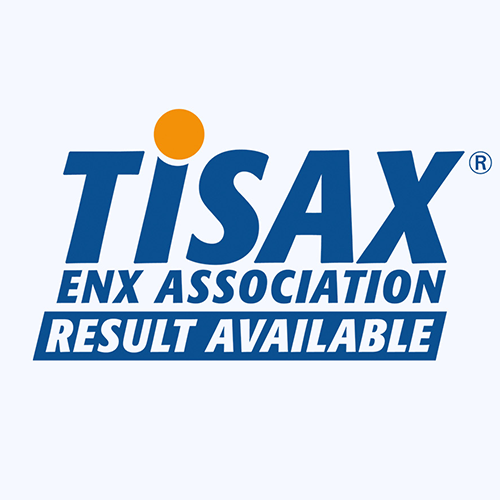
Frontend
We develop intuitive user interfaces for an outstanding experience. For optimised performance. For smooth user interaction. For excellent usability.
State-of-the-art web solutions with inovex
A first-class user interface is essential to the success of your web solutions. We’ll ensure that your design is not only easy to operate, but is also visually appealing, durable, and high performance.
Future-proof frameworks
We develop powerful, future-proof solutions appropriate to your specific application. In doing so, we draw upon the most well-known frameworks, including React, Angular, and Vue, as well as NextJS, Svelte, SolidJS, Blazor, Lit, and Astro.
Performance
We use techniques such as server-side rendering to optimise your web applications. This ensures faster loading times and smooth interactions.
Accessibility
We’ll design your web solutions to ensure that they are accessible and usable for everyone, as well as complying with legal regulations.
Testing
Our comprehensive testing processes ensure the reliability and quality of your applications – from unit and integration testing right through to end-to-end testing.
Responsive Design
We’ll ensure that your website scales optimally on all devices and that its design adapts to every display.
Framework migration
We’ll support you in seamlessly migrating your existing applications to the latest framework versions.

Our open-Source UI library – elements
Creating and maintaining UI components is challenging. Our elements library contains open-source components which can be implemented for every framework.
Successful with the right tech stack
In order to find the best possible web solution, we work primarily with the most popular open-source technologies, such as Angular, React, Vue and Svelte, and integrate them into your IT landscape. How that might look for your particular web application is flexible and depends on your specific requirements. We’ll support and advise you in selecting the right technologies for your situation.
What might a sample tech stack for your web solutions look like?
To ensure increased security and greater maintainability, we develop user interfaces using TypeScript on the front end, basing these on popular frameworks like Next.js, Svelte, Angular, React, Vue, and Astro. This makes the code more comprehensible and easier to maintain in the long term. We can use SCSS as well as our inovex elements UI library to tailor your application precisely to your specifications.
We use tools like Vitest, Testing Library and Playwright to ensure the highest level of code quality, while build tools like Turbo and Vite ensure rapid development cycles and optimised build processes.
For smaller backend solutions or backends for frontends, we like to work with TypeScript and NestJS, as they provide the requisite flexibility and efficiency. Customised backend solutions are ideal for specific, manageable requirements and support a fast, lightweight system architecture.
To optimise the exchange of data in your application, we’ll select the best technologies for your situation – whether this is REST for proven, reliable data access or GraphQL for flexible and precise data queries.
In order to automate code tests, builds, and deployments and to efficiently integrate new functions, we use CI/CD features from platforms like GitHub and GitLab. Whatever the platform, however, we always remain flexible and attuned to your particular requirements.
The frontend world is developing rapidly, and here at inovex we always have our fingers on the pulse. Regular, cross-project communication in our Innovation Circle keeps our frontend team up to date with the latest developments. This enables us to constantly evaluate new trends and weigh up their benefits for our customers. We currently focus on the following frontend technologies:
- React
- Vue
- Angular
- Svelte
- NextJS
- Astro

🗓️ Appointments available
Book your initial consultation - free of charge and without obligation.
Yaren Sahin
Account Manager New Business








